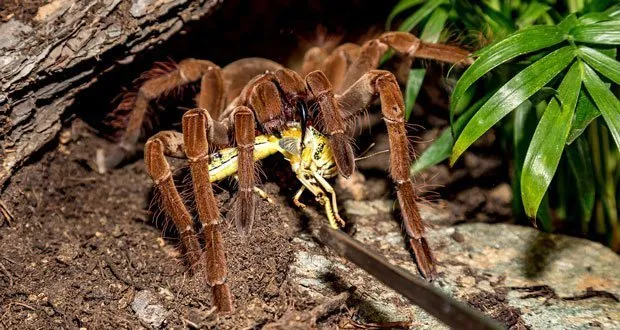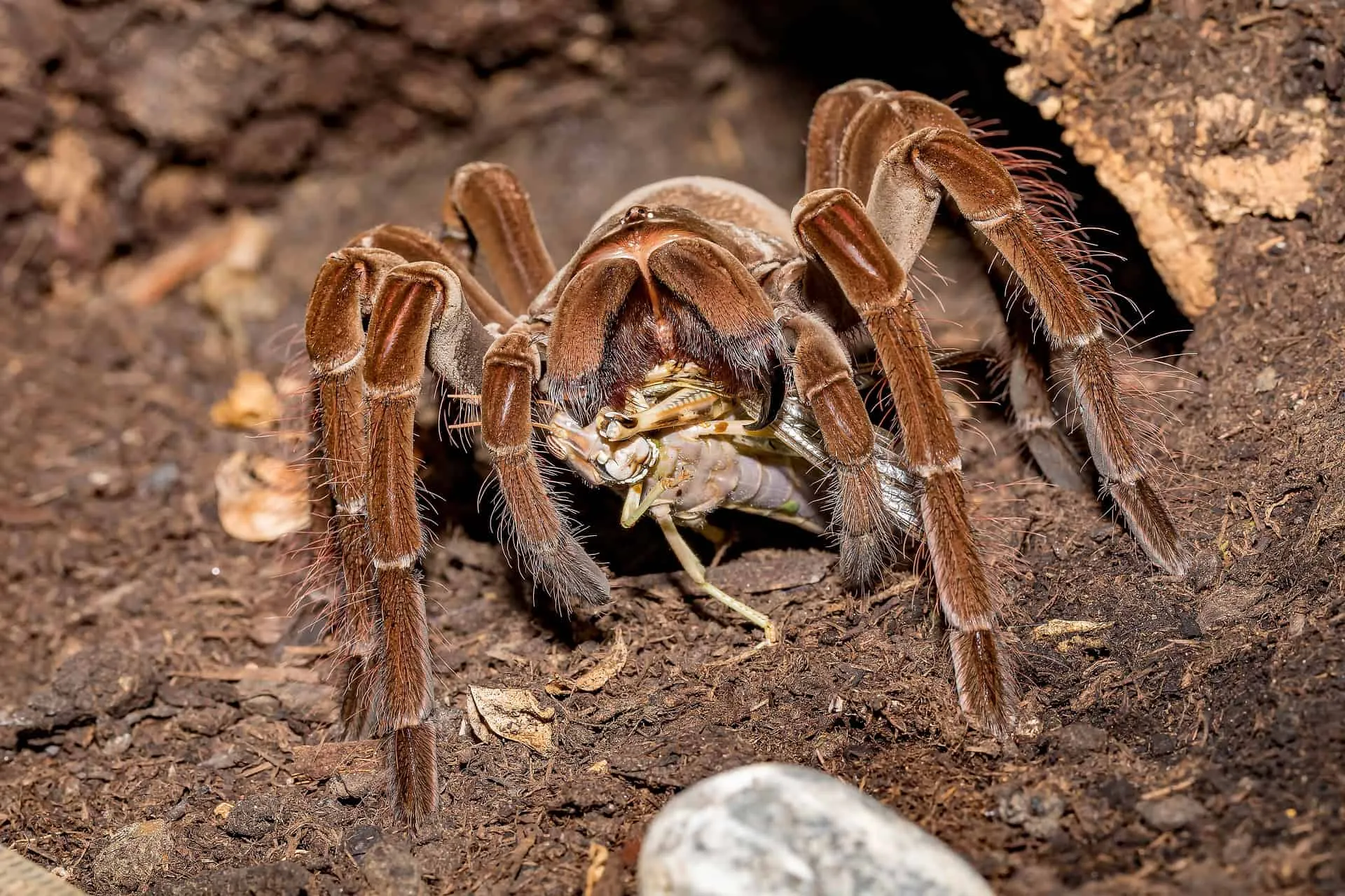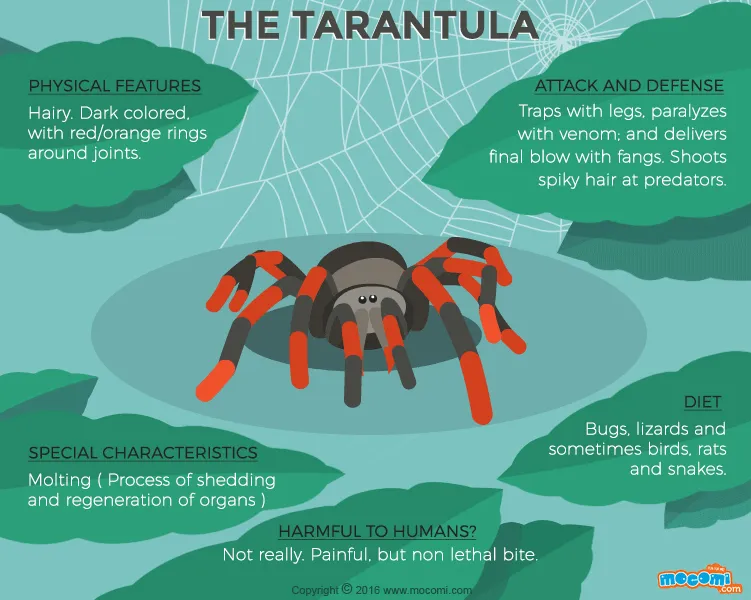What is a Tarantula
Tarantulas are large, hairy spiders belonging to the Theraphosidae family. These fascinating creatures are known for their impressive size, diverse appearances, and relatively docile nature, making them popular pets. They are found in various habitats around the world, from tropical rainforests to deserts. Despite their intimidating appearance, most tarantula species are not considered highly venomous to humans. The tarantula’s life is a complex one, filled with survival strategies, unique characteristics, and a place in the ecosystem. Their importance lies not only in their presence in nature but also in the scientific research that utilizes them. They are a testament to the diversity and adaptability of life on Earth.
Size and Appearance
Tarantulas are among the largest spiders in the world. Their size can vary significantly depending on the species. Some, like the Goliath Birdeater, can have a leg span of over 12 inches. Their bodies are covered in hairs, which serve various functions, including sensory perception and defense. The color of a tarantula can range from brown and black to vibrant hues of blue, orange, and red, often providing camouflage or warning signals. Their appearance is not only striking but also functional, perfectly adapted to their environment and lifestyle. Different species of tarantulas have evolved unique physical characteristics, making them a captivating subject of study.
Habitat and Distribution

Tarantulas are found on every continent except Antarctica. They inhabit a wide variety of environments, including tropical rainforests, grasslands, deserts, and even suburban areas. Some species are terrestrial, living in burrows they dig in the ground, while others are arboreal, residing in trees or shrubs. Their distribution is influenced by factors such as climate, food availability, and the presence of predators. The adaptability of tarantulas to different habitats showcases their resilience and evolutionary success. The geographical distribution of these spiders is a topic of significant scientific interest, with new species being discovered in remote locations.
Diet and Feeding Habits
Tarantulas are primarily carnivorous, with their diet consisting mainly of insects, but also includes other invertebrates. Larger species may even prey on small vertebrates like lizards, birds, and rodents. They ambush their prey or actively hunt, using their fangs to inject venom that paralyzes their victims. The spider then uses digestive enzymes to liquefy the prey’s tissues, which are then consumed. The feeding habits of tarantulas are critical for understanding their role in the ecosystem. Their predatory behavior helps control insect populations, while they, in turn, provide a food source for other animals. The dietary requirements of tarantulas change as they grow and molt, making it an interesting area of study.
Unique Defense Mechanisms
Tarantulas have evolved several defense mechanisms to protect themselves from predators. One of the most well-known is the urticating hairs, which are barbed hairs on their abdomen that they can flick towards threats, causing irritation and discomfort. Some species also have venom, although it’s generally not life-threatening to humans, their bite can still cause pain and localized reactions. They can also use their fangs to bite as a last resort, and some tarantulas run away from danger. Their defense mechanisms reflect their need to survive in a challenging environment. Understanding these mechanisms is crucial for appreciating the complexity of these creatures and their survival strategies.
Lifespan and Life Cycle

Tarantulas have a relatively long lifespan, especially compared to other spiders. Females often live for 10 to 30 years, while males typically live for only a few years after reaching maturity. They undergo a series of molts as they grow, shedding their exoskeleton to allow for further development. Mating involves a complex courtship ritual, after which the female lays eggs in a silken egg sac. The spiderlings hatch and go through several molts before reaching adulthood. The longevity of tarantulas and their lifecycle are unique. The life cycle, including molting and mating behaviors, is a fascinating area of study for arachnologists and enthusiasts alike.
Interesting Facts
Tarantulas are truly fascinating creatures, and here are some interesting facts. First, their fangs are designed to inject venom into their prey to immobilize it. Second, a tarantula’s silk is extremely strong and used to line their burrows or create egg sacs. Third, tarantulas can regenerate lost limbs, offering a unique adaptation. Fourth, the Goliath Birdeater, is one of the largest spiders on Earth, showcasing impressive size. Fifth, although they are venomous, their venom is generally not as dangerous to humans as that of some other spiders. These amazing facts highlight the amazing diversity and adaptations of tarantulas, making them a captivating subject for science and the world around us.
